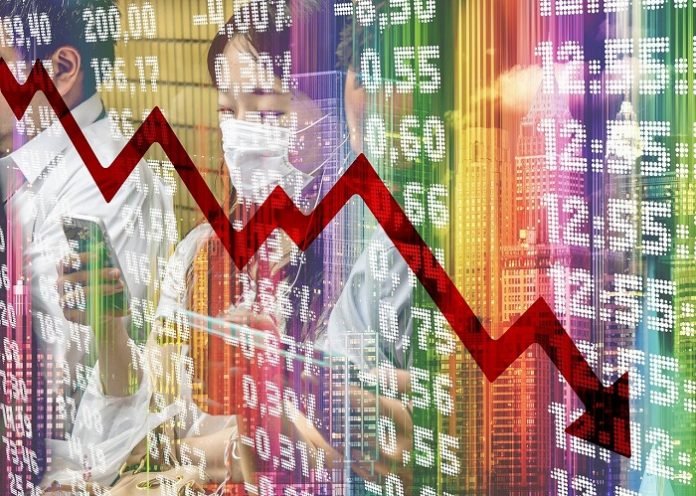
Lowering interest rates won’t lower transmission rates of COVID-19.
But could the Federal Reserve’s emergency decision to cut rates by a half percentage point on Tuesday at least quell economic instability caused by the outbreak?
Probably not, says Robert Triest, professor and chair of Northeastern’s economics department.
“It will help boost confidence and temporarily prop up the stock market,” he says.
“But something like an interest rate cut will ultimately have very limited efficacy because it’s not a tool that targets this kind of supply shock.”
As COVID-19 continues to spread, Triest says, production in hard-hit countries like China has decreased significantly, disrupting supply chains across the globe including in the United States, which depends on China for much of its domestic production by way of parts.
Global stock prices have plummeted as a result, he says, reflecting and stoking fears that the fallout from the outbreak could cause a recession.
The decision to cut interest rates came two weeks before the Fed’s scheduled policy meeting, a move the Fed hasn’t made since the height of the financial crisis in 2008.
“This rate cut is very different,” Triest says.
“Economic conditions in the U.S. are still OK, but there is a widespread rational fear that coronavirus will have a large impact on economic growth, so the Fed is trying to be proactive to counter the supply shock.”
With rates now between 1 percent and 1.25 percent, the Fed isn’t left with much leverage if things get worse.
“They can’t go much lower,” Triest says. “We do have to worry that if this turns into a recession, the Fed doesn’t have a lot of ammunition left to fight it.”
Instead, “the types of policies that probably would be effective are on the fiscal side,” policies out of the Fed’s control, says Triest.
Triest suggests that a better tactic would be for the government to provide emergency funds for people who can’t cover medical expenses or have to stay home from work without paid sick time.
Such policies could be more effective at staving off further economic downturn, he says, even if they can’t fix the root of the problem—that labor supply has temporarily decreased because people are sick or quarantined and workplaces are closed to prevent further contamination.
From a financial standpoint, “there’s not much that can be done about the supply shock,” Triest says. “But fiscal policies that prevent a drop in the purchasing power of affected households could prevent this supply shock from propagating a second wave of decreased aggregate demand.”
In other words, we don’t want a decrease in economic activity directly caused by the spread of COVID-19 to hurt the economy so much that there’s a secondary decrease in the demand for labor. That would mean lots of people losing jobs.
“That would be the thing that leads to a recession,” Triest says.
Fears of an economic downturn were reflected in the U.S. stock market following the rate cut, with stocks initially up on Tuesday followed by a stark dip, leaving the Dow Jones Industrial Average down 3.5 percent at one point. On Wednesday, stocks soared, but on Thursday, leading indices dove again, wiping out the brief rebound
The Fed’s decision happened to coincide with Super Tuesday, one of the most consequential days in the Democratic primary election. But what role does this level of market volatility play in the upcoming presidential election?
“An incumbent president who’s riding a strong economy does get a boost in terms of reelection chances,” Triest says. “But one who’s presiding over a deteriorating economy is traditionally hurt by that in their reelection bid.”
“President Trump has claimed credit for the increase in the stock market in the past,” he says. “So it’s a question of whether the people who credit him with the rise in stock prices will now blame him for the fall stock prices.”
Written by Emily Arntsen.



